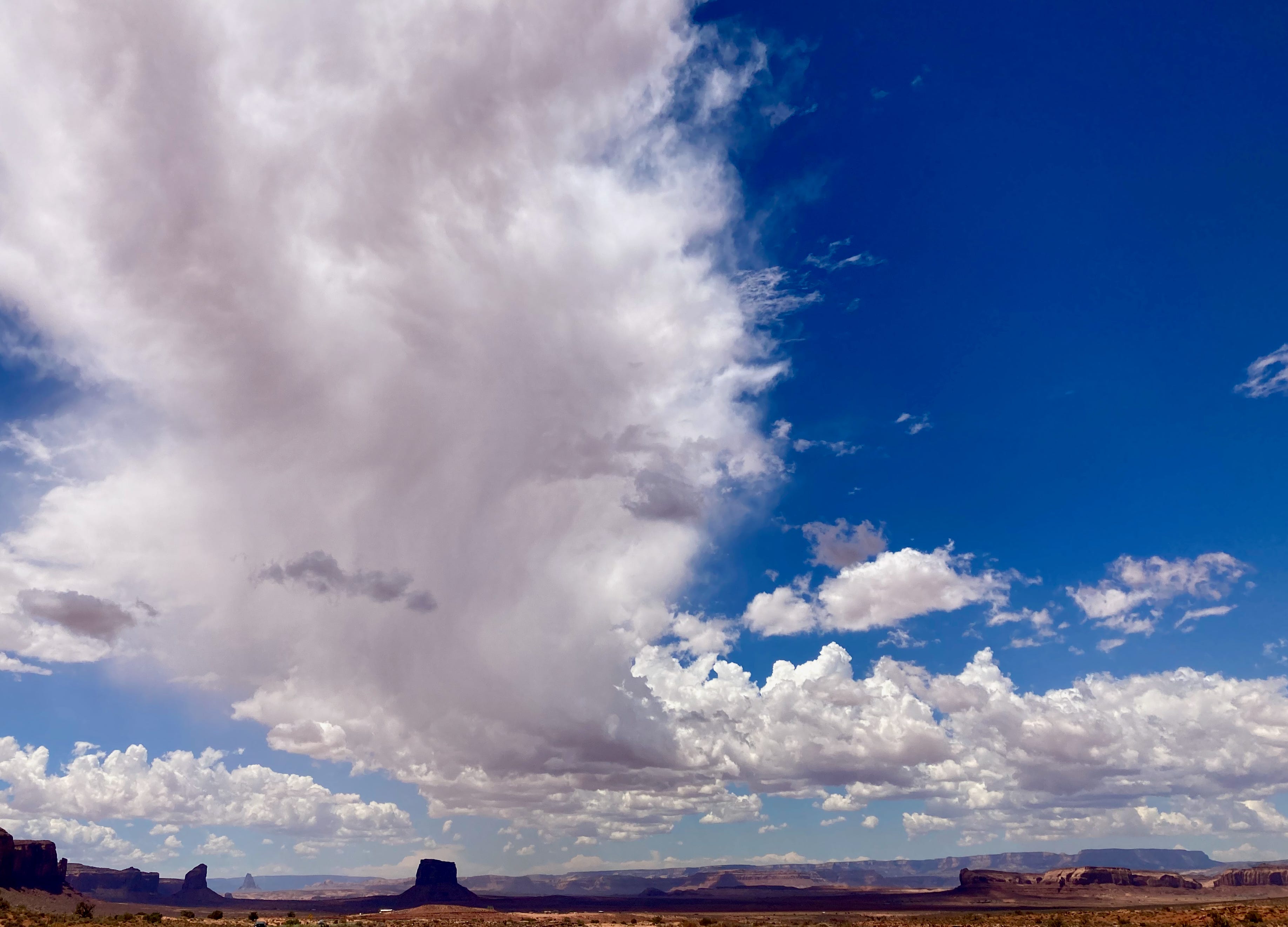Image: Friday Skyday
A few impressions from a drive to Page
Yesterday I drove the ol’ Silver Bullet from the Great Sage Plain in southeastern Utah, crossed the San Juan River at Mexican Hat, through Monument Valley, and onward to Page, Arizona, home to Glen Canyon Dam. The air was clearer than I’ve seen it in a long time, due surely to the 2019 shutdown of…



